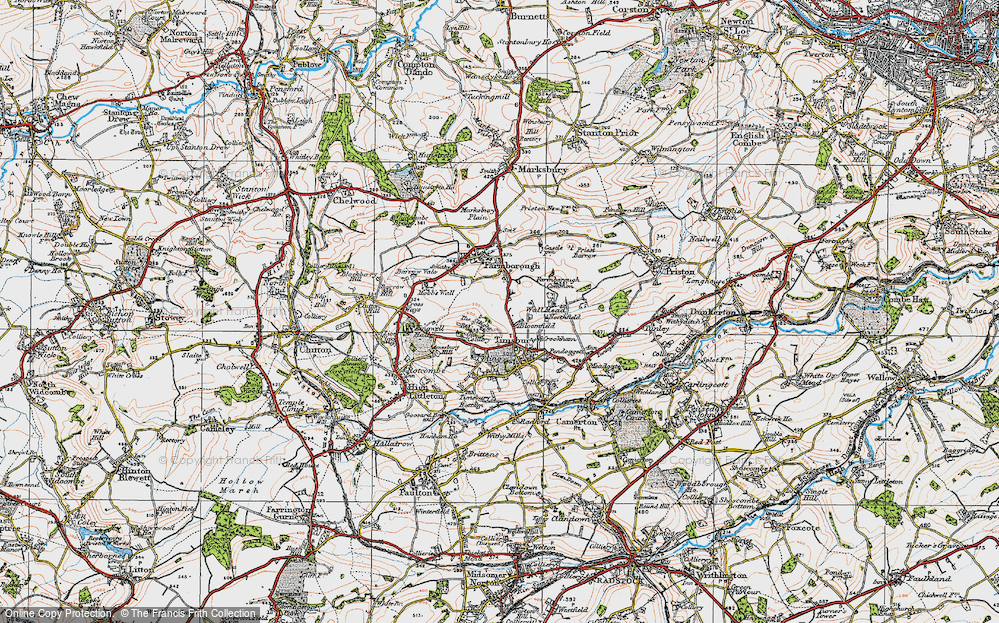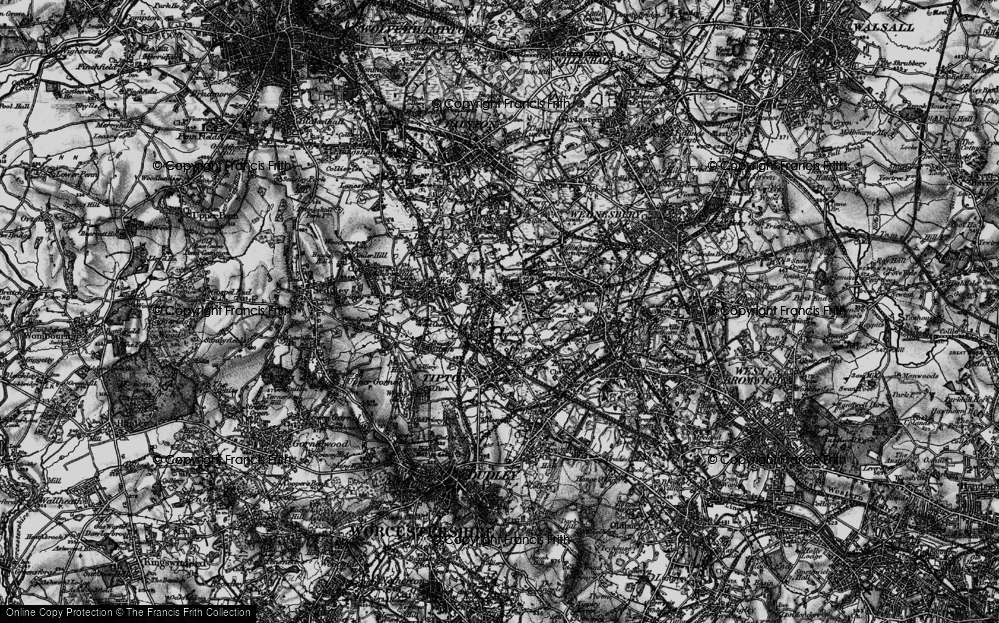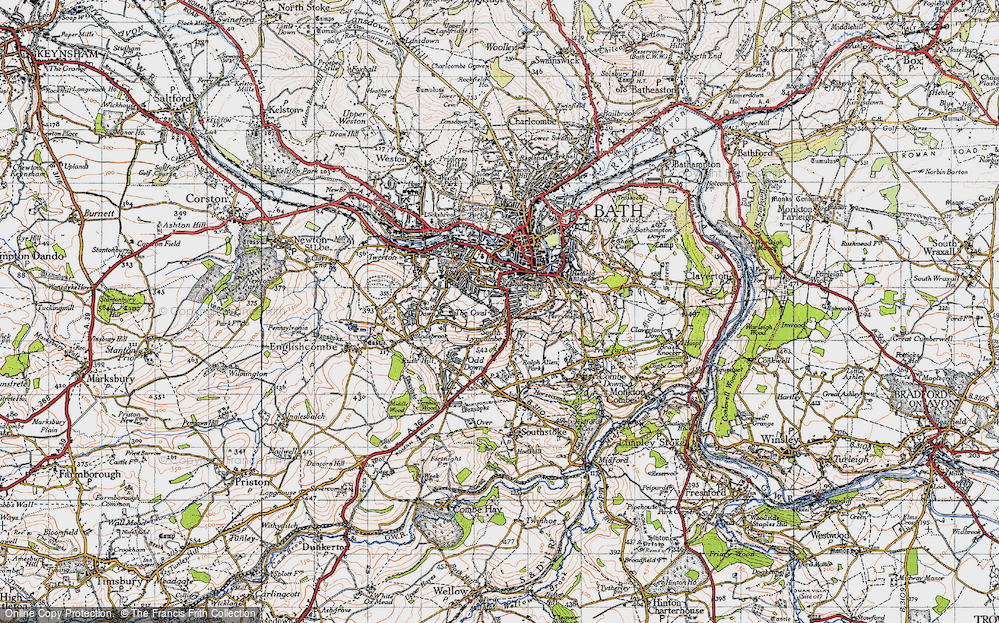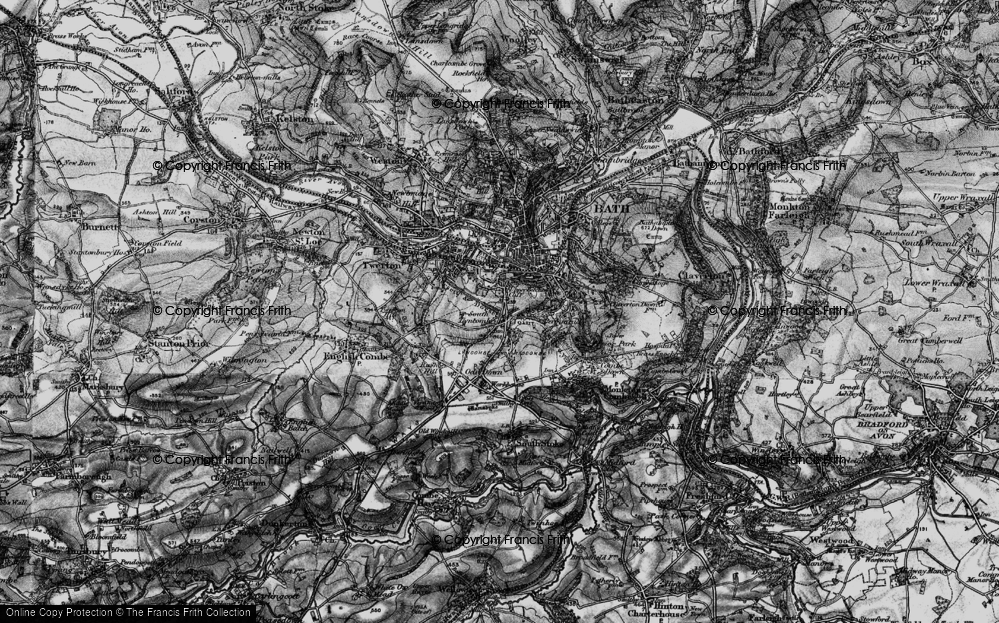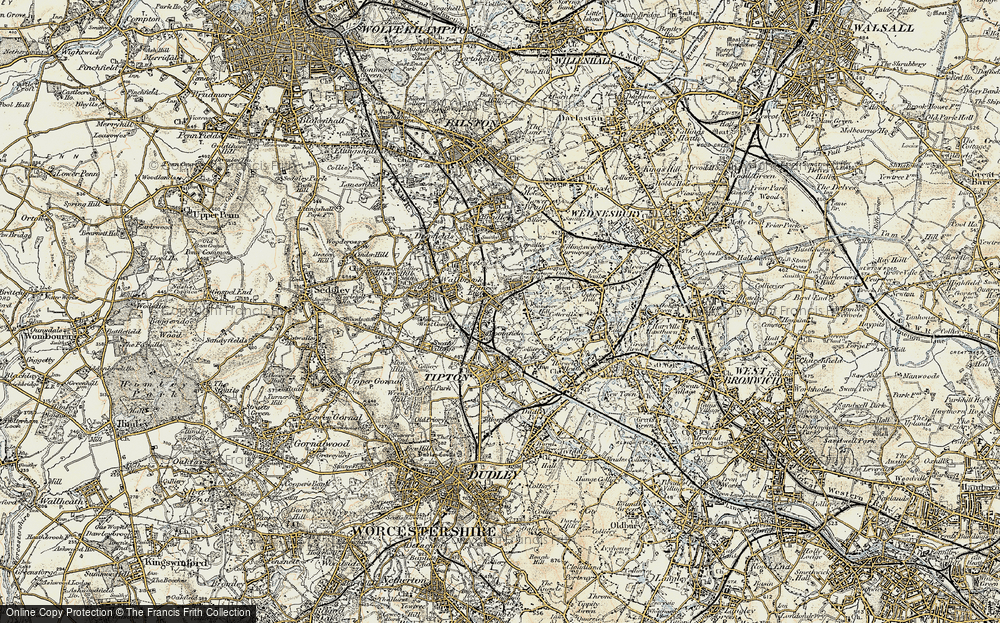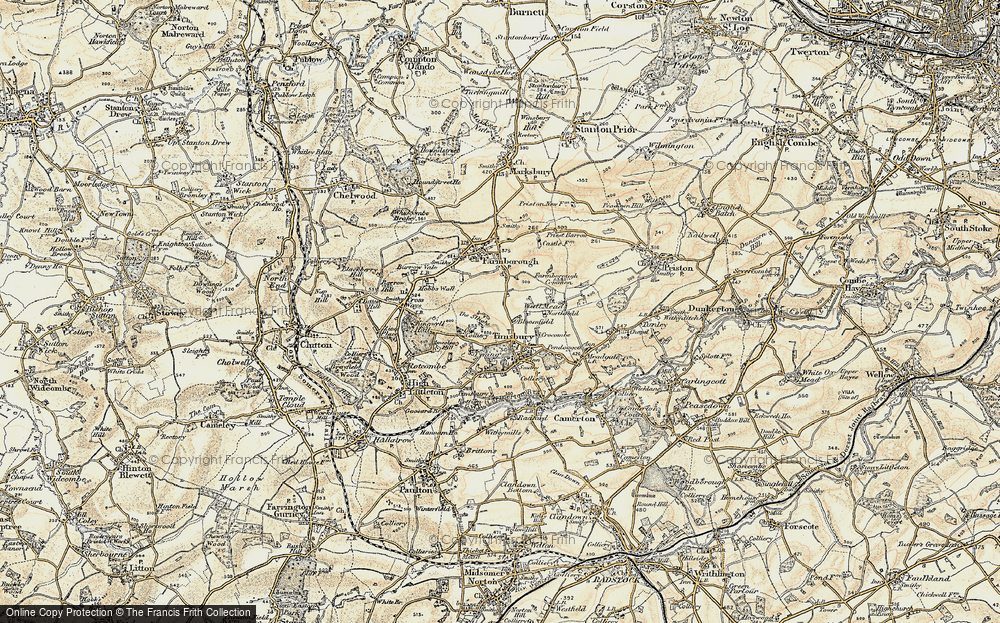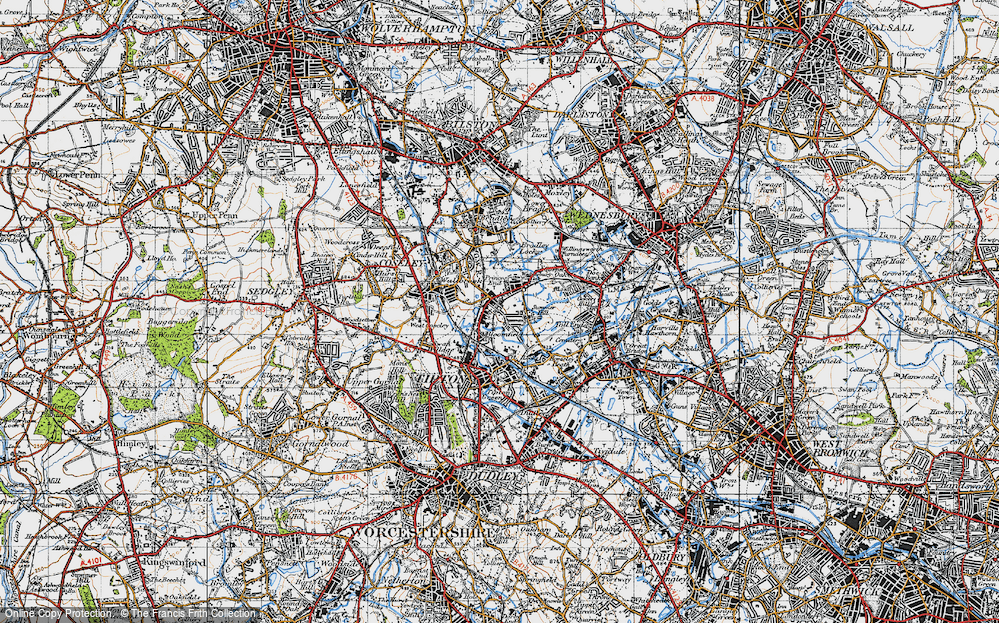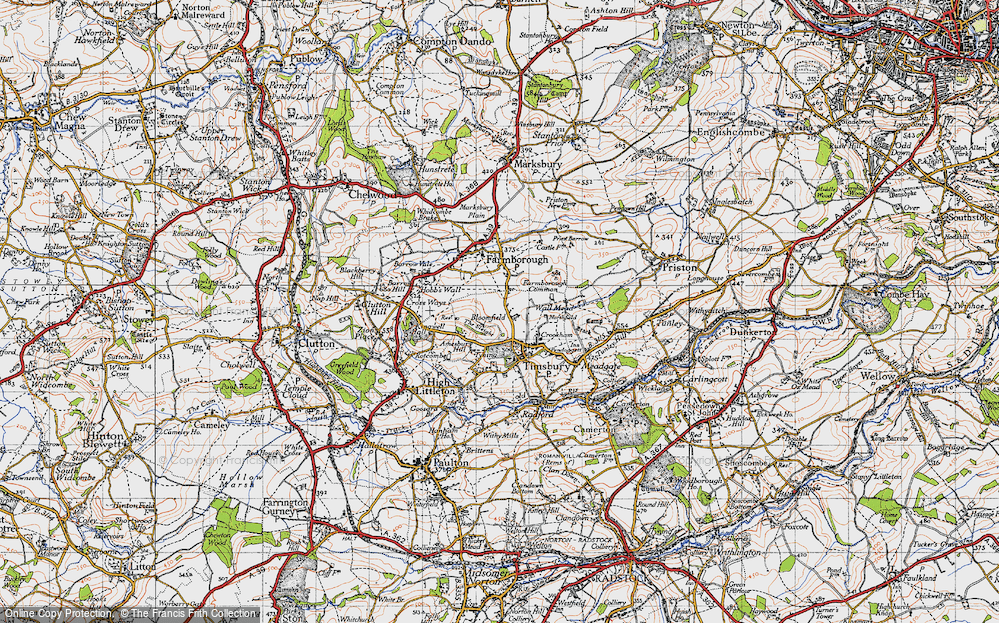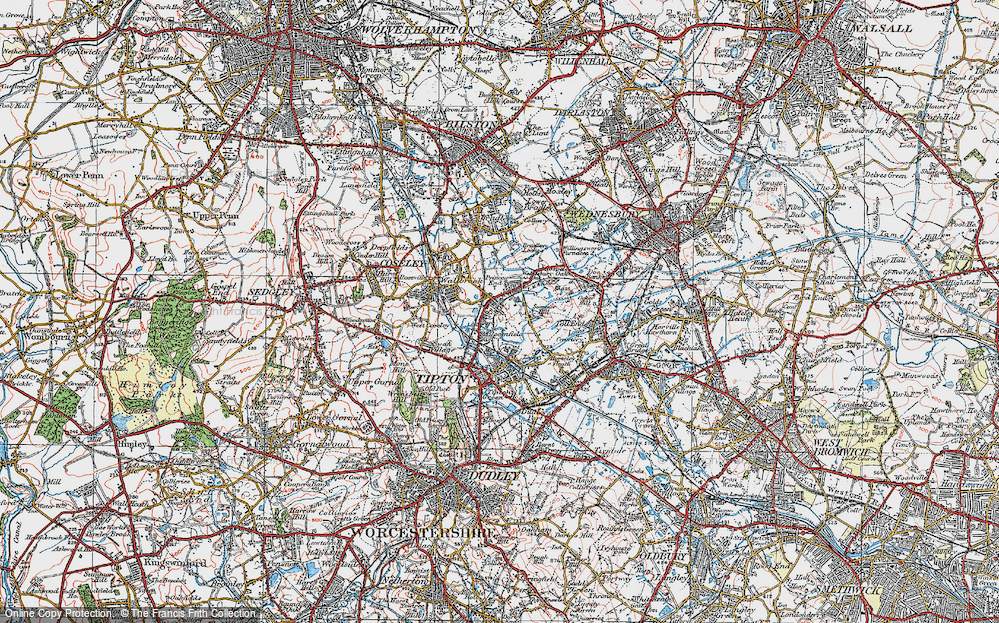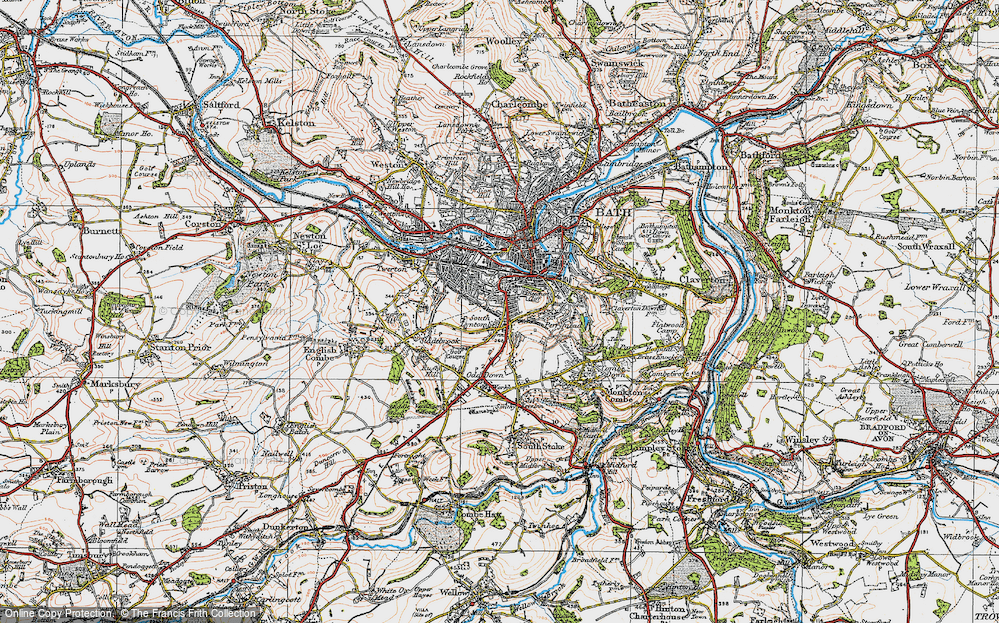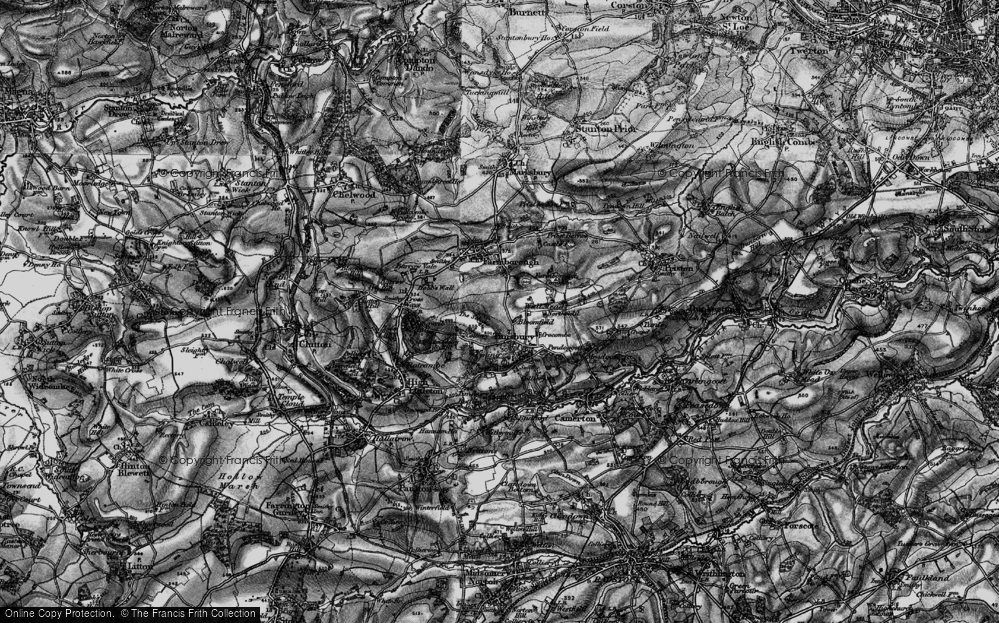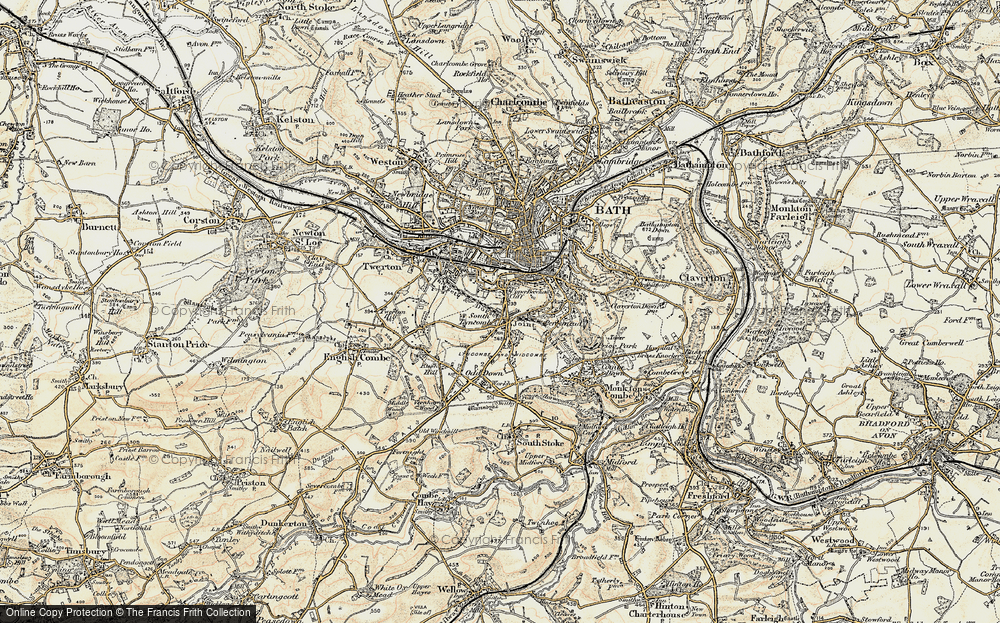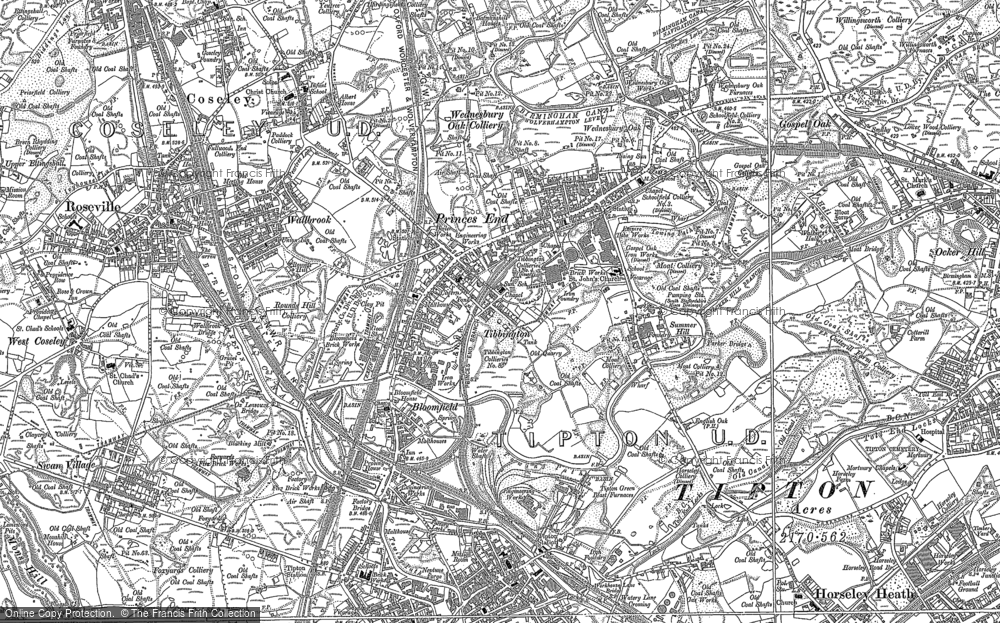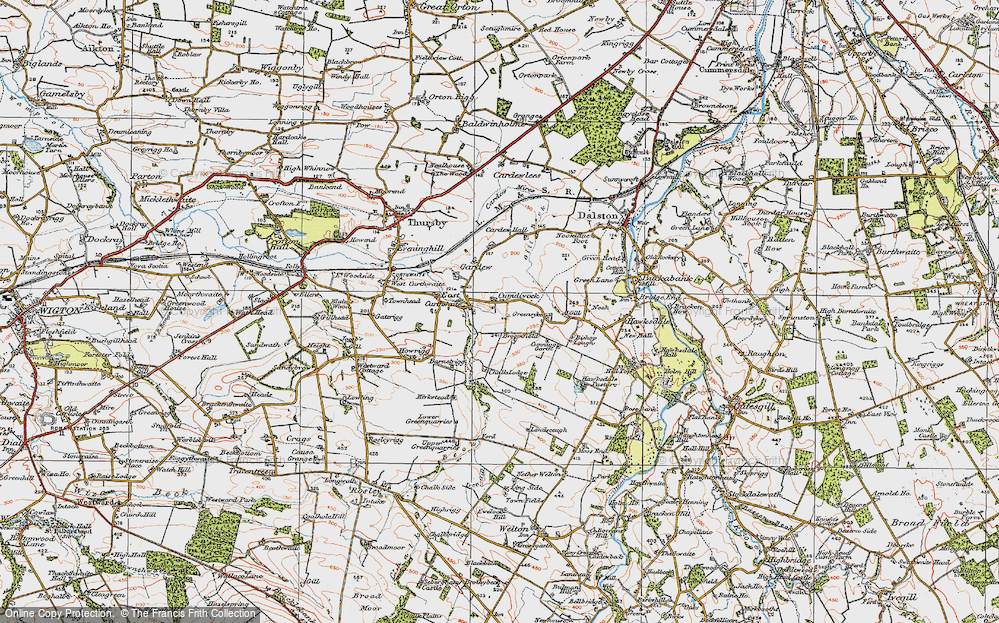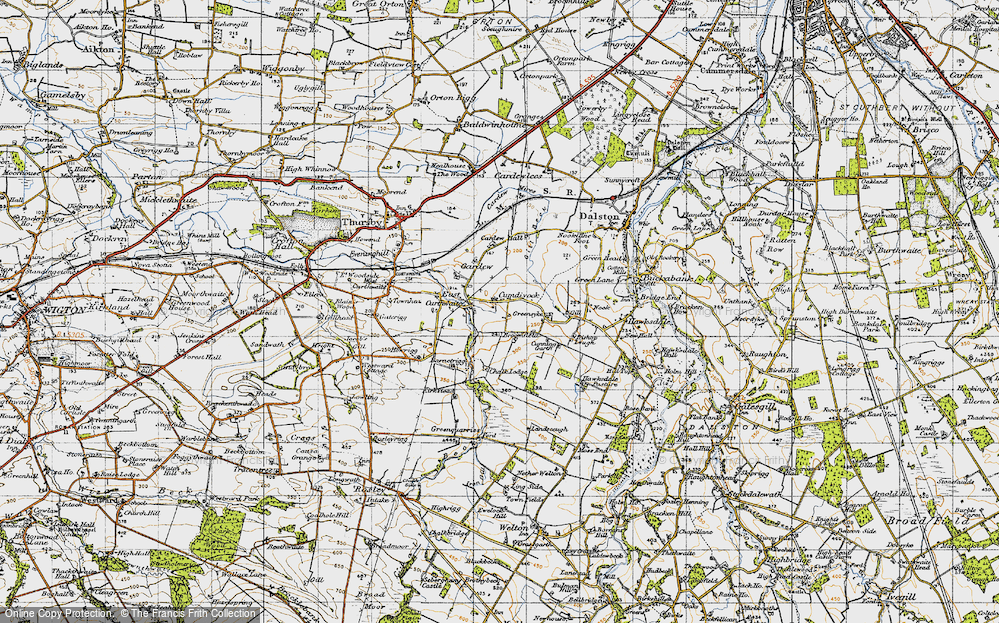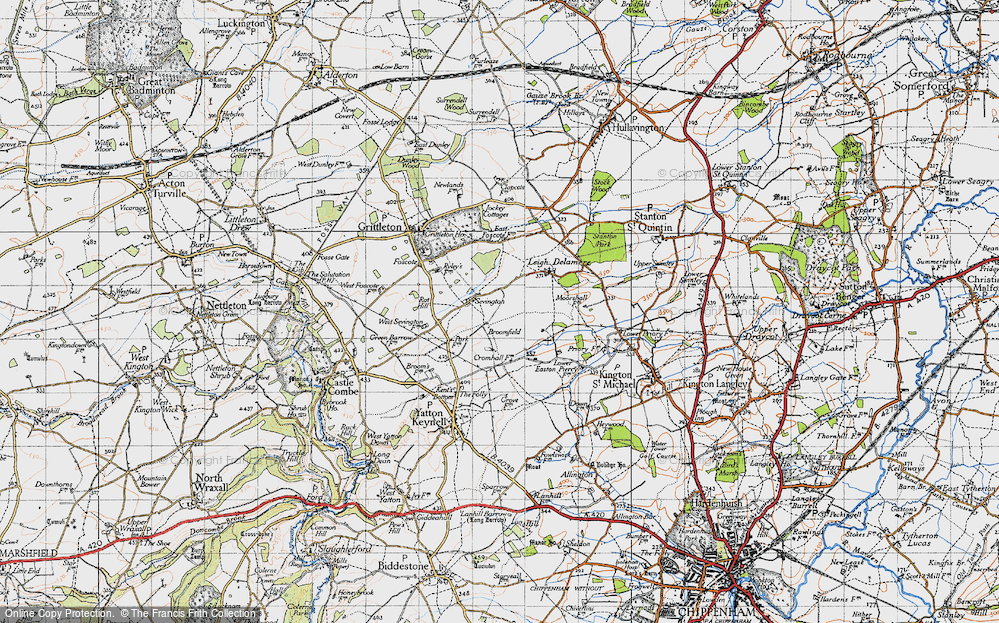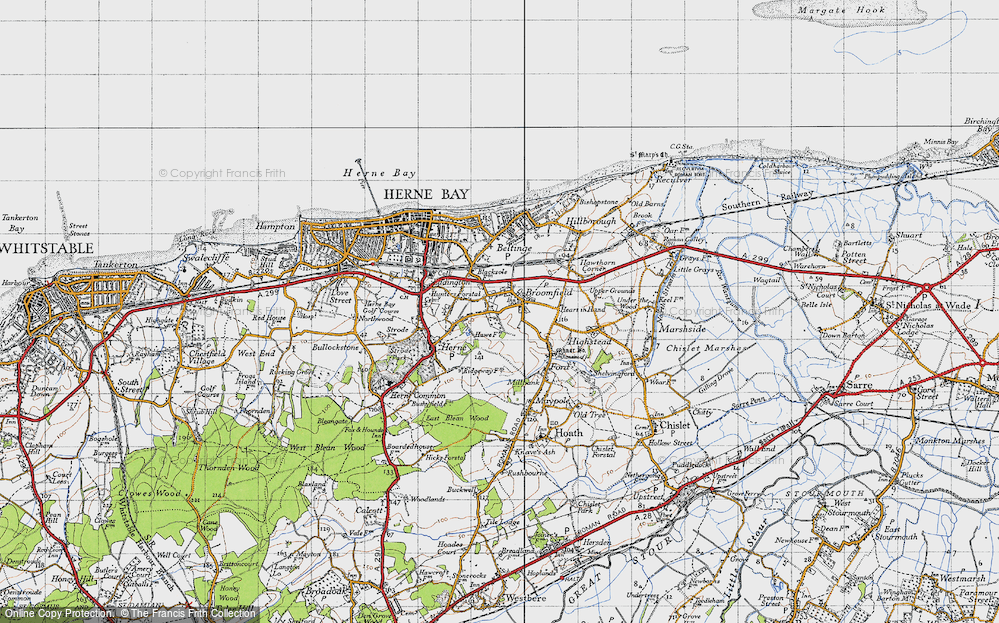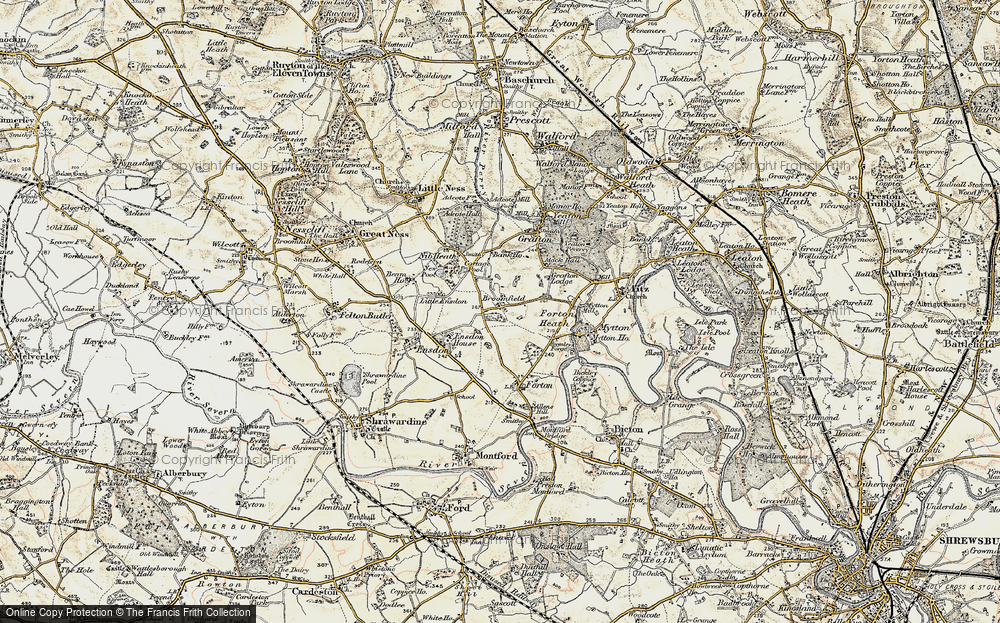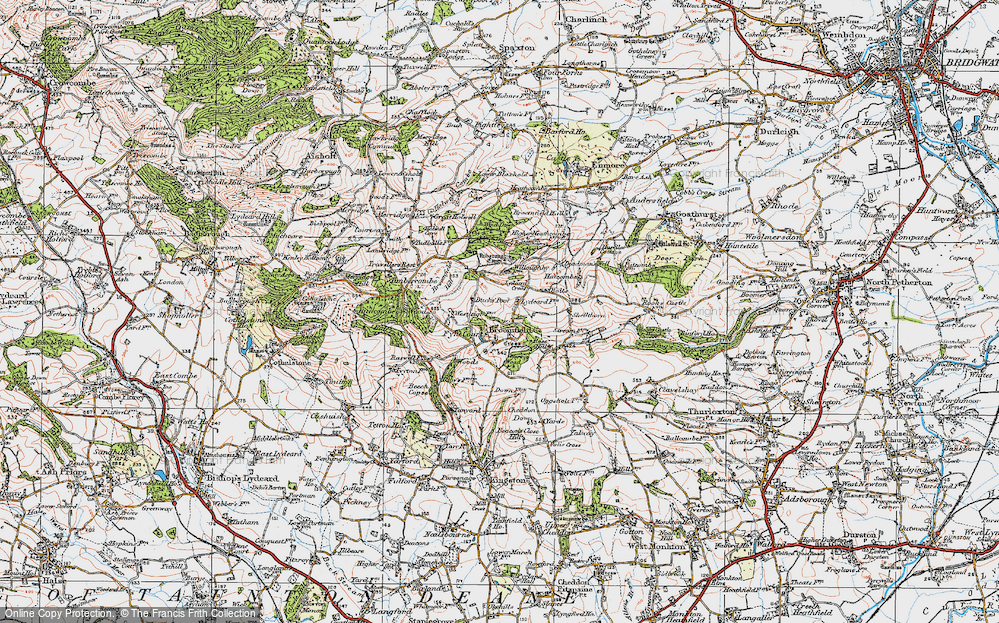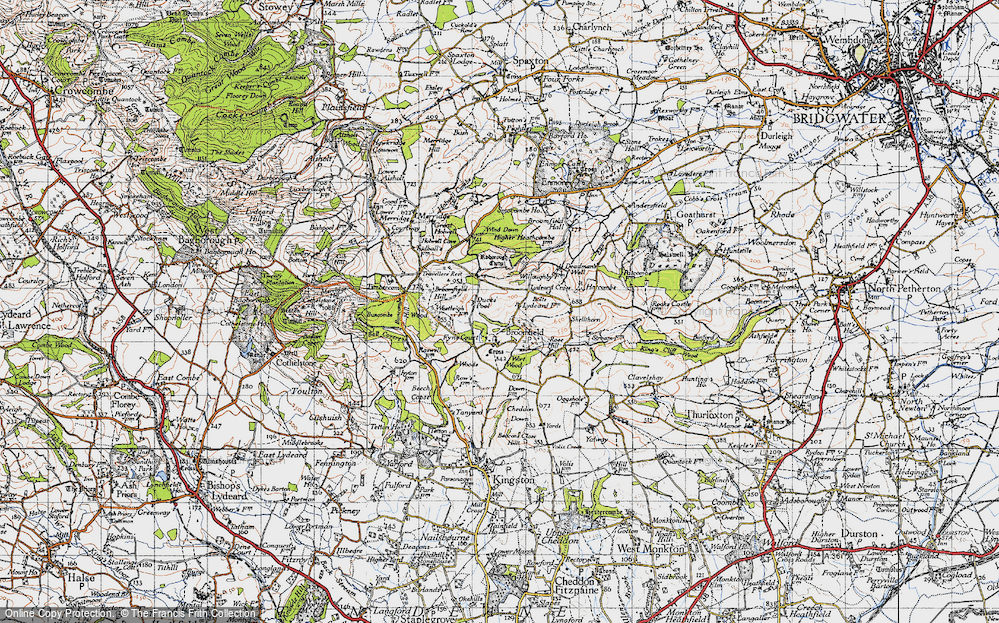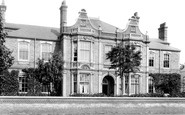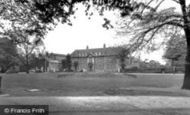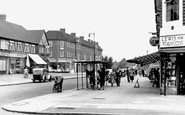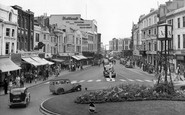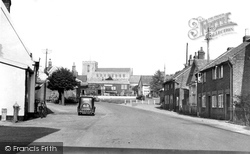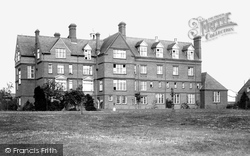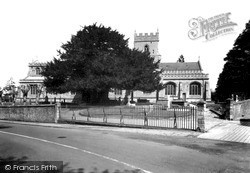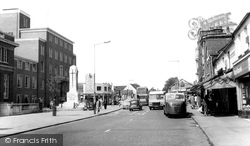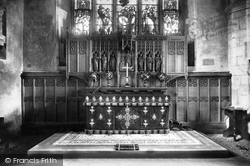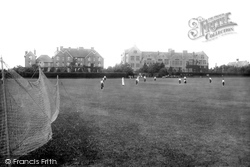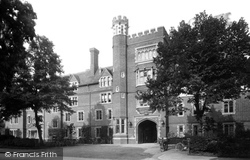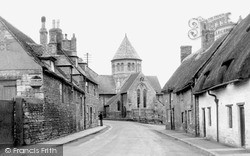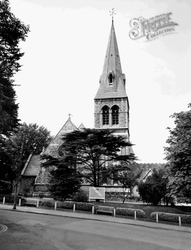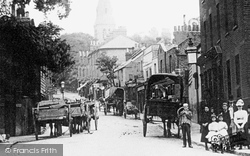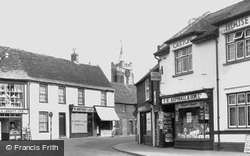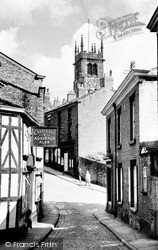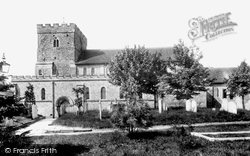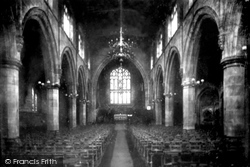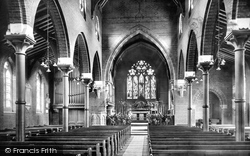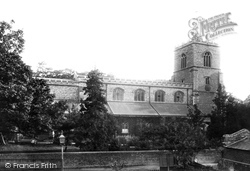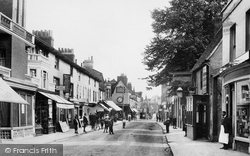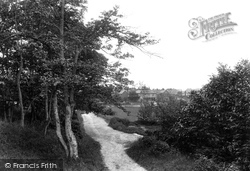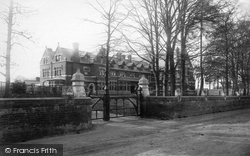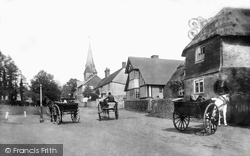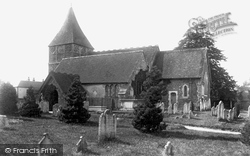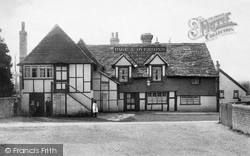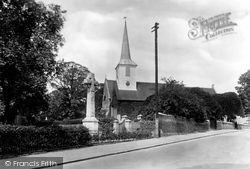Places
3 places found.
Those places high-lighted have photos. All locations may have maps, books and memories.
Photos
Sorry, no photos were found that related to your search.
Maps
47 maps found.
Books
Sorry, no books were found that related to your search.
Memories
58 memories found. Showing results 1 to 10.
Mile Oak Portslade 1938 To 1950
Hello, I was one of the few children who lived in Mile Oak Road and and also played on Broomfields Farm, we lived at no 222 which was the second to last house before the road dropped down the hill to Mile Oak. The old ...Read more
A memory of Mile Oak in 1947 by
Broomfield Park Childrens' Boating Pond C1985
In 1985 my son, daughter, niece & nephew were in the 7 to 10 age bracket. Included in their favourite places were the Broomfield Park kids' playground, the kids' assault course and the ...Read more
A memory of Southgate in 1985 by
Chelmsford, Infirmary, 1895.
This may well have been called the Infirmary, so its use didn't change a great deal for many people lots of decades later. It then became the London Road Hospital, and the A. & E. section were accessed down the ...Read more
A memory of Chelmsford by
Left And Forgotten
I am now 66 and my memory of beautiful Mile Oak is as clear today as it was 55 years ago. Sadly I was one of them naughty boys (as you villagers branded us). My crime was taking 2/6p off a windowsill back here in Folke stone, one ...Read more
A memory of Mile Oak in 1955 by
Abernethie & Son Ltd
I was very interested in your web site. William Abernethie, owner of Abernethie & Son Ltd 140-144 Uxbridge Road, was my Great great grandfather. He also had a branch at 25 Broadway, Ealing. It was a very successful drapery ...Read more
A memory of Ealing by
Childhood Memories In The 1970's
My maternal grandparents lived in Palmers Green - firstly in Elmdale Road close to what is now the North Circular and then moving to Wentworth Gardens off Hedge Lane. I have many childhood memories of visiting ...Read more
A memory of Palmers Green by
Bexleyheath Circa 1950's
I lived in Faygate Crescent, Bexleyheath. Schools I remember attending are Upton Rd, Gravel Hill and Bexleyheath Secondary Modern. I have fond memories of chatting to the girls school across the playing fields from ...Read more
A memory of Bexleyheath in 1950 by
Broomfield Bakeries,
Yes, I remember a small branch of Broomfields in the block next to Reeves Corner and opposite the Eagle Pub. There was also a Sanders Grocers next to it where Mum would buy split peas that we had that evening with Faggots bought from ...Read more
A memory of Croydon by
Childhood Memories Of The 1950's
My Grandparents moved to Worthing in June 1910. They first rented a property called Sunnyside (No 11) in Ladydell Road whilst waiting for the Church Walk houses to be completed. Then they moved into 23 Church Walk and ...Read more
A memory of Worthing by
Mandrake Road
My siblings and I were all born at Weir maternity hospital in Balham, we lived on Mandrake road and we all went to Fircroft primary school opposite our house. I was at Fircroft from 1976-1982. Mr. Chaimings was the headmaster then, Mr ...Read more
A memory of Tooting by
Captions
32 captions found. Showing results 1 to 24.
Ahead, below the church, is Bloomfield's engineering works – Bloomfield's were agents for Massey Harris machinery. To the left was Victor Last's blacksmith's shop.
The school was designed by Sir Arthur Bloomfield in 1883; it contained the Headmaster's residence, boarding accommodation and classrooms, including the 'Big School', later the library, on the ground floor
Canon Sir James Philipps, rector from 1859 to 1897, paid Blomfield to renew the church of St Denys in 1887- 89.
Broomfield Road corner was already a problem, with its 'No Right Turn' signs and people wary of crossing the road.
The design was by Sir Arthur Blomfield, and it was carved by Thomas Nicholls of Kennington.
To the right of the picture, the present-day clock tower, designed by Sir Reginald Blomfield in 1926, is yet to be added.
Selwyn College was designed in the Tudor Gothic style by Sir Arthur Blomfield.
At the far end of the street, dominating the picture, is Jesus Church, built in 1879 by Arthur Blomfield. He also carried out various improvements to Oundle School.
Standing high above the town centre and attractively sited on the crown of the hill, the church with its elegant broach spire was designed by Sir Arthur Blomfield in c1861, but not completed until 1881
Look up the hill at the turn of the century, and see this posed but superbly evocative photograph of an attractive mixture of domestic building styles, culminating in the spire of Blomfield's Christ Church
The church peering over the rooftops was largely restored by Blomfield in 1910.
The church beyond is St Michael's, rebuilt in 1901 to the design of Sir Arthur Blomfield, who was also the architect of the Bank of England in London.
Within the last 25 years it had undergone remodelling under the supervision of Sir Arthur Blomfield.
The nave is by Blomfield, and would have been brand new when this photograph was taken. The chancel and east window were built a few years earlier and are by James Stevens.
Selwyn College was designed in the Tudor Gothic style by Sir Arthur Blomfield.
Sir Arthur Blomfield's hard brick 1872 church replaced a brick one of 1713-14, which itself had replaced the medieval building destroyed in the 1648 siege.
The nave and chancel were rebuilt again in flint in the 1880s by Sir Arthur Blomfield with rainwater heads dated 1884.
Although it had decamped to Broomfield Road by the time this picture was taken, the Grammar School had formerly stood here - the entrance to the old buildings being just to the left of
Included in this view (taken from the top of what is known as the Broomfields) is the old Willesborough Hospital.
The Broomfield Road premises - pictured in the year of their completion - were the school's third proper home.
The Sir Arthur Blomfield church, dedicated to St Mary Magdalen, was built a generation before, almost at the same time as the school nestling behind the trees on the left.
A new village was born around the railway station and with it a new church, St Mary's, built in 1892 by Sir Arthur Blomfield.
The church suffered Victorian restoration and correction of ‘incorrect’ window tracery at the hands of Arthur Blomfield in 1881, but fortunately the 14th- century timber-framed and shingled tower and
The extensions were designed by Sir Arthur Blomfield and completed in 1886, and by and large this is the church we see today.




